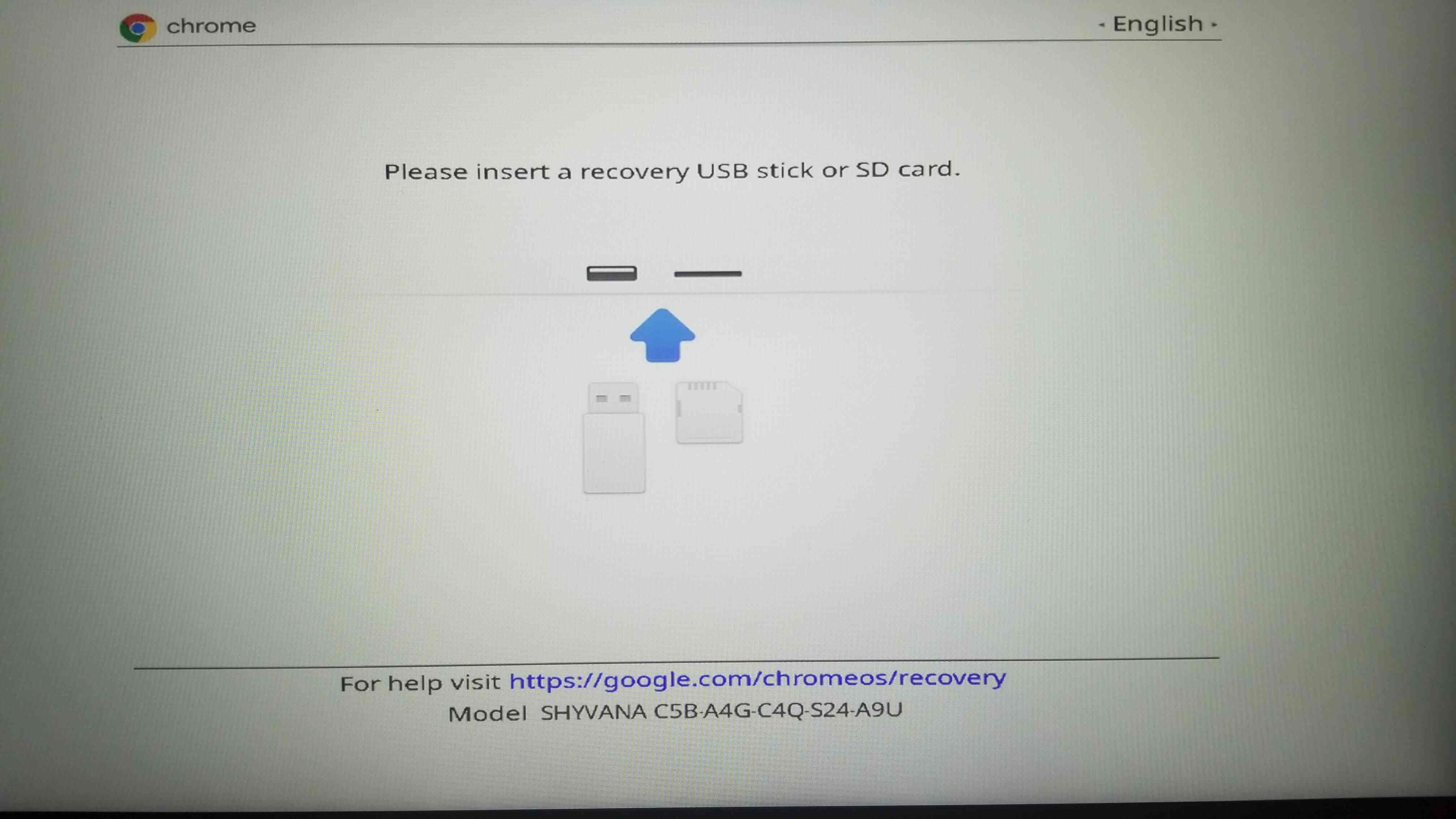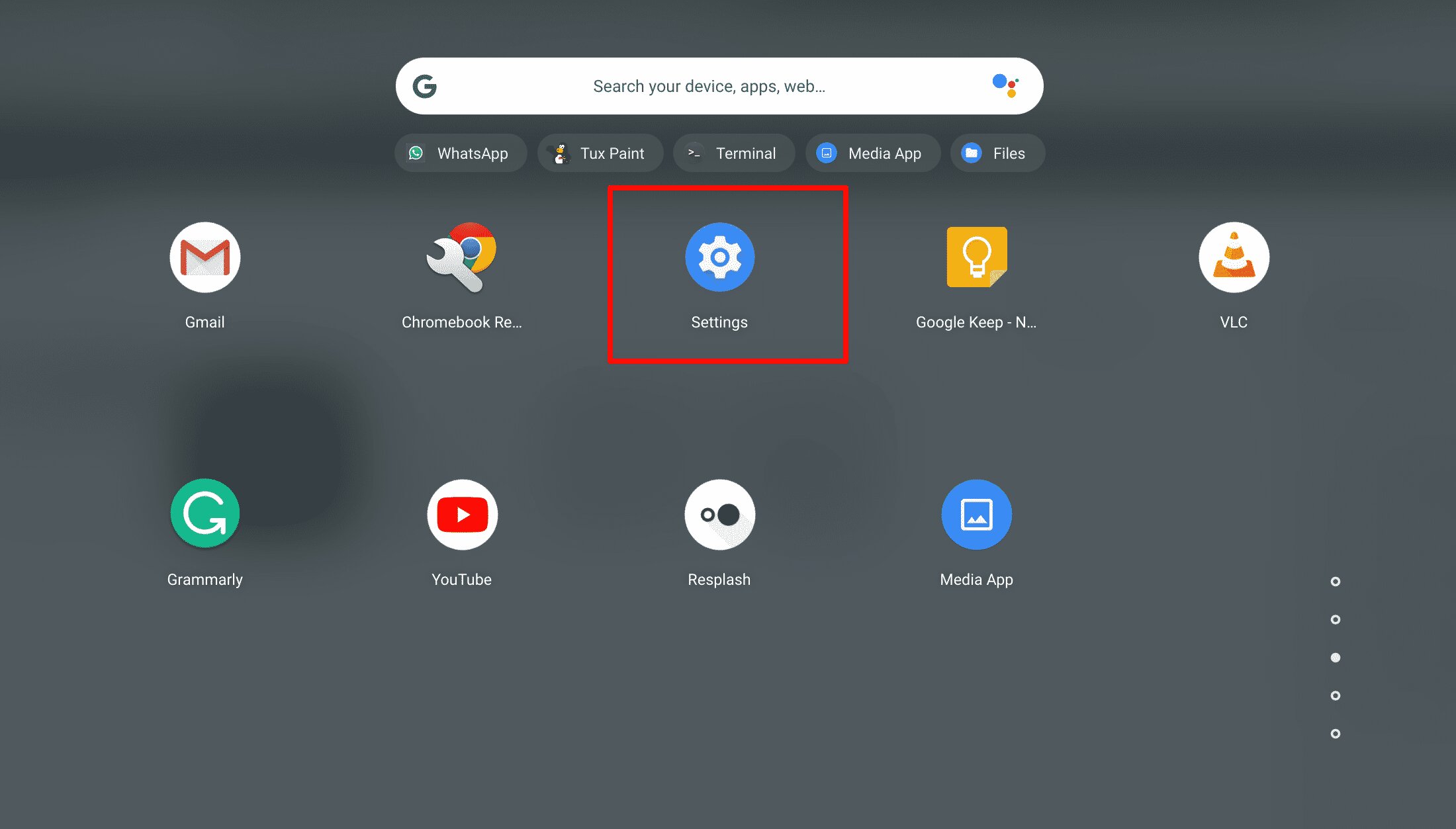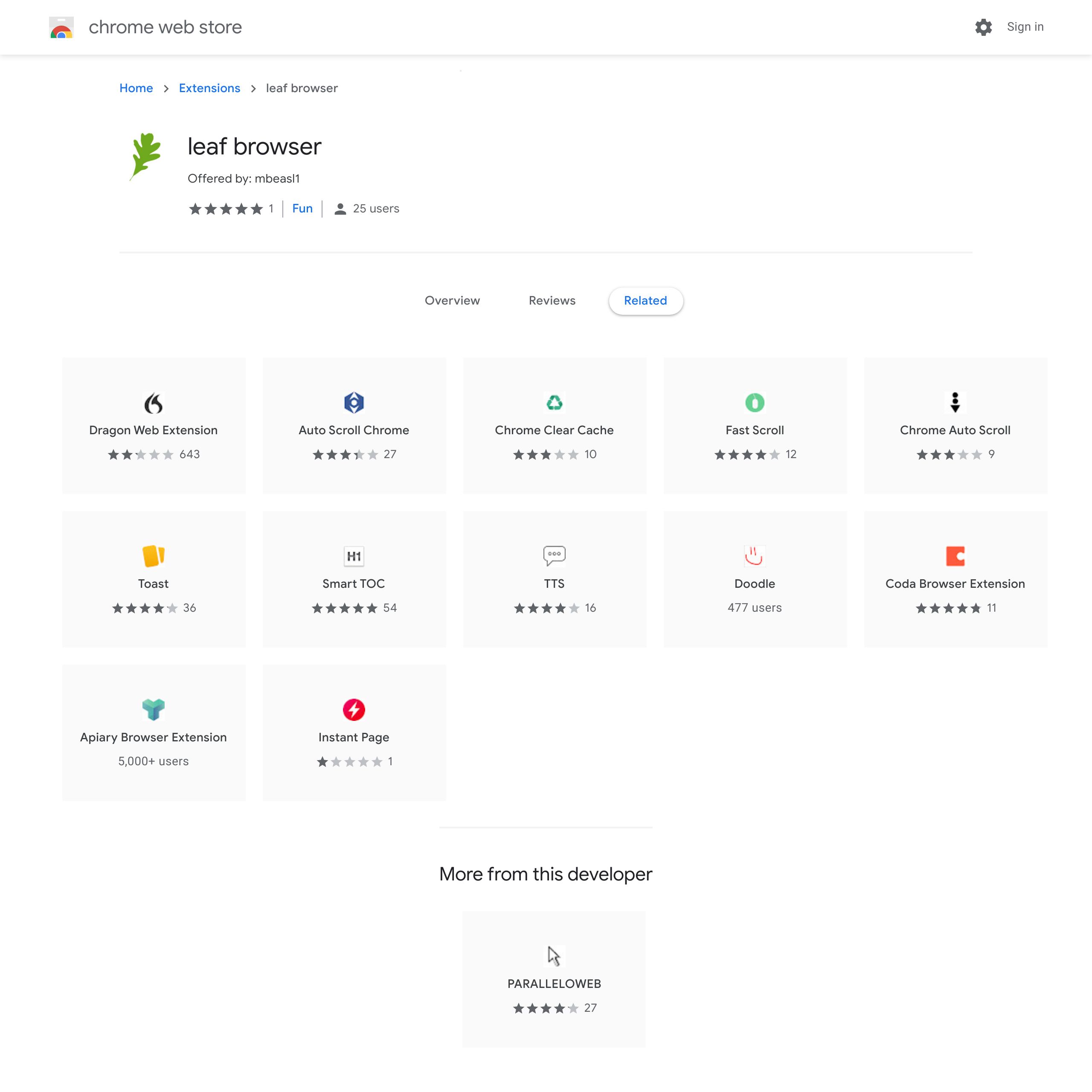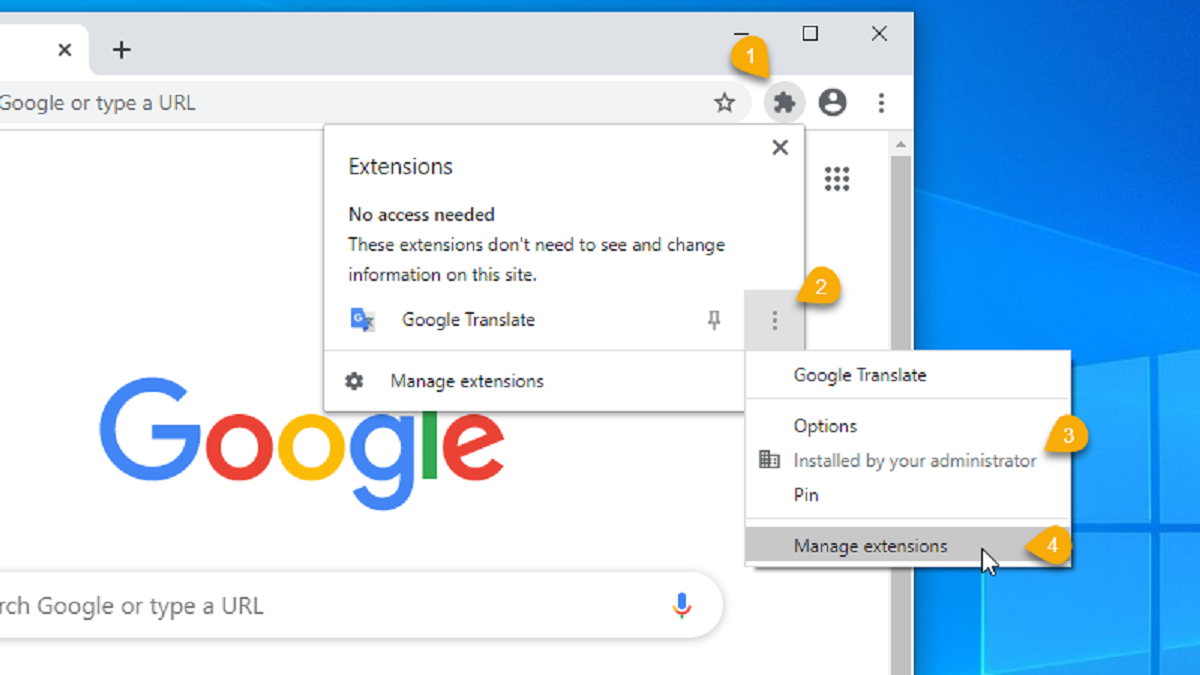Introduction
Welcome to our guide on how to reset a school Chromebook. Chromebooks have become popular devices in educational institutions due to their affordability, ease of use, and functionality. However, occasionally, you may encounter issues that require you to reset your school Chromebook. Whether it’s a software glitch, sluggish performance, or simply wanting to start with a clean slate, resetting your Chromebook can often resolve these problems.
In this guide, we will walk you through the step-by-step process of resetting your school Chromebook. We will also discuss the importance of backing up your data before resetting, common challenges you may encounter, and tips for maintaining a reset Chromebook.
It’s worth noting that resetting a school Chromebook will erase all data and settings, returning the device to its factory default state. Therefore, it’s crucial to back up any important files or documents before proceeding with the reset.
So, whether you’re a student, teacher, or administrator looking to troubleshoot a Chromebook issue or simply wanting to start fresh, our guide will provide you with the necessary instructions and insights to reset your school Chromebook effectively.
Why you may need to reset a school Chromebook
There are several reasons why you might need to reset a school Chromebook. Let’s explore some of the most common scenarios that may warrant a reset:
- Performance Issues: Over time, a Chromebook can accumulate temporary files, cache, and other system clutter that can impact its performance. Resetting the device can clear out these files and restore its speed and responsiveness.
- Software Glitches: Like any electronic device, Chromebooks can occasionally experience software glitches or bugs that may cause apps to crash, the system to freeze, or other unexplained issues. A reset can often resolve these problems and provide a fresh start for the device.
- Security Concerns: If you suspect that your Chromebook has been compromised by malware or unauthorized access, resetting it can help eliminate any potential threats and ensure a secure environment for your work and personal data.
- Preparing for a New User: If you’re passing on a Chromebook to another student or staff member, resetting it ensures that all your personal data and settings are removed, allowing the new user to start with a clean slate.
- Reclaiming Storage Space: If your Chromebook is running low on storage space, resetting it can help reclaim valuable storage by removing unnecessary files and apps.
Regardless of the reason, it’s important to have a proper understanding of the process involved in resetting a school Chromebook to ensure that you achieve the desired outcome without inadvertently causing any data loss or other complications.
In the next section, we will provide you with a step-by-step guide on how to reset a school Chromebook, so you can confidently navigate through the process and reset your device successfully.
Resetting a school Chromebook: Step-by-step guide
Resetting a school Chromebook is a straightforward process that can be accomplished with a few simple steps. Let’s dive into the step-by-step guide:
- Save your important data: Before resetting your Chromebook, it’s essential to back up any important files or documents. You can do this by transferring them to an external storage device or uploading them to cloud storage services like Google Drive or Dropbox.
- Sign out of your Google account: To ensure a smooth reset, sign out of your Google account by clicking on your profile picture in the bottom-right corner of the screen, then selecting “Sign out.”
- Powerwash your Chromebook: Powerwashing is the term used for resetting a Chromebook. To begin the process, press and hold the
Ctrl+Alt+Shift+Rkeys simultaneously. A dialogue box will appear, asking if you want to reset the device. Click on “Restart” to proceed. - Confirm the reset: After the Chromebook restarts, you’ll be prompted to confirm the reset. Click on the “Powerwash” button to initiate the reset process.
- Wait for the reset: The reset process will take a few minutes to complete. Your Chromebook will restart, and you will be greeted with the initial setup screen, similar to when you first unboxed the device.
- Set up your Chromebook: Follow the on-screen instructions to go through the initial setup process. You’ll be asked to connect to a Wi-Fi network, sign in with your Google account, and customize your preferences. If you backed up your data, you can now restore it from the external storage device or download it from your cloud storage.
Once you’ve completed these steps, your school Chromebook will be reset to its factory default settings, providing you with a clean and optimized device.
Now that you know how to reset a school Chromebook, let’s discuss the importance of backing up your data before resetting in the next section.
Backing up your data before resetting
Before proceeding with a reset, it is crucial to back up your data to avoid the risk of losing important files or documents. Here are some steps to follow when backing up your data on a school Chromebook:
- Identify important files: Take some time to identify the files, documents, or any other data that you want to save before resetting your Chromebook. This could include school assignments, presentations, or any personal files that you may have stored on the device.
- Cloud storage: The simplest and most convenient way to back up your data is by utilizing cloud storage services like Google Drive, Dropbox, or OneDrive. These services allow you to upload your files to the cloud, ensuring that they are accessible from any device with an internet connection.
- External storage devices: If you prefer a physical backup solution, you can use external storage devices such as USB drives or external hard drives. Connect the storage medium to your Chromebook and manually copy the files you want to save onto the device.
- Transfer to another device: Another option is to transfer your files to another device, such as a computer or another Chromebook. You can use file transfer methods like USB cables, Wi-Fi transfer apps, or cloud syncing to move your data to the new device.
- Organize and label: As you back up your data, it is essential to organize and label your files appropriately. This will make it easier to locate and retrieve specific files after the reset.
Remember, the goal of backing up your data is to ensure that you have copies of all your important files in a secure location. By taking the time to backup, you can proceed with the reset process without the fear of losing your valuable data.
In the next section, we will discuss common challenges and troubleshooting techniques when resetting a school Chromebook.
Common challenges and troubleshooting
While resetting a school Chromebook is a relatively straightforward process, you may encounter some challenges along the way. Here are some common issues that users may face during the reset process and troubleshooting techniques to overcome them:
1. Frozen screen: If your Chromebook gets stuck on a particular screen during the reset process, try performing a hard reset by holding down the power button until the device turns off. Then, power it back on and attempt the reset again.
2. Internet connectivity issues: A stable internet connection is necessary to complete the reset process. If you’re experiencing connectivity issues, try restarting your Wi-Fi router or connecting to a different network.
3. Error messages: If you encounter error messages during the reset process, write down the exact wording of the error and search online for solutions specific to that error message. The Chromebook community forums and support pages often provide helpful insights.
4. Unable to sign in after reset: After the reset, you may face difficulties signing in to your Google account. Ensure that you have a stable internet connection and confirm that you have entered the correct username and password.
5. Data restoration issues: If you encounter any issues while restoring your data from a backup, double-check that your external storage device or cloud storage account is properly connected or synced. Alternatively, you can manually download the files from your cloud storage account.
If you’re unable to resolve the issue on your own, it may be helpful to reach out to your school’s IT support team for further assistance. They can provide guidance based on their knowledge and experience with Chromebooks in your specific educational environment.
By troubleshooting common challenges, you can overcome any obstacles that arise during the reset process and ensure a successful reset for your school Chromebook. In the next section, we will share some tips for maintaining a reset Chromebook.
Tips for maintaining a reset Chromebook
After resetting your school Chromebook, it’s important to establish good maintenance habits to keep it running smoothly and efficiently. Here are some tips for maintaining a reset Chromebook:
- Keep your operating system up to date: Regularly check for software updates and install them promptly. These updates often include security patches and performance improvements that can enhance your Chromebook’s functionality.
- Manage storage space: Be mindful of the storage space on your Chromebook. Delete unwanted files and applications regularly to free up space and maintain optimal performance.
- Use browser extensions wisely: Browser extensions can enhance your browsing experience, but excessive or unnecessary extensions can impact performance. Only install and keep the ones that you truly need.
- Clear browsing data: Periodically clear your browsing data, including cached files, cookies, and browsing history. This helps improve browser speed and protects your privacy.
- Scan for malware: Run regular malware scans using reputable security software to detect and remove any potential threats. This helps keep your Chromebook secure and protects your data.
- Keep your Chromebook physically clean: Regularly clean the screen, keyboard, and touchpad of your Chromebook using a soft cloth or recommended cleaning solutions. A clean device not only looks better but also helps prevent dust and debris from affecting performance.
- Practice safe browsing habits: Be cautious when downloading files or visiting unfamiliar websites. Avoid clicking on suspicious links and only download files from trusted sources to minimize the risk of malware or viruses.
- Optimize power settings: Adjust the power settings on your Chromebook to ensure optimal battery life. Lowering screen brightness, disabling unnecessary features, and utilizing power-saving modes can help conserve battery power.
By following these tips and incorporating them into your routine, you can maintain the performance and longevity of your reset Chromebook, creating an optimal computing experience for your schoolwork and other activities.
Now that you are equipped with the knowledge of maintaining a reset Chromebook, let’s conclude our guide with a summary of the information provided.
Conclusion
Resetting a school Chromebook can often resolve performance issues, software glitches, and security concerns, allowing you to start with a fresh and optimized device. By following the step-by-step guide, backing up your data, troubleshooting common challenges, and implementing maintenance habits, you can ensure a smooth and efficient reset process.
Remember to save important files, sign out of your Google account, and perform a powerwash to reset your Chromebook. Take the necessary precautions to back up your data before proceeding, either through cloud storage services or external storage devices. In case you encounter any issues or error messages during the reset process, troubleshoot them using the suggested techniques or seek assistance from your school’s IT support team.
Once you’ve successfully reset your Chromebook, it’s essential to maintain it properly. Keep your operating system updated, manage storage space, clear browsing data, and practice safe browsing habits. Additionally, stay vigilant against malware and regularly clean your Chromebook to ensure optimal functioning.
By following these guidelines, you can maintain a high-performing and secure school Chromebook that will continue to support your educational endeavors.
We hope this guide has provided you with valuable insights and instructions on how to reset and maintain your school Chromebook effectively. Should you encounter any challenges or need further assistance, don’t hesitate to reach out to the appropriate support channels in your educational institution.
Happy resetting and happy learning with your refreshed school Chromebook!

























